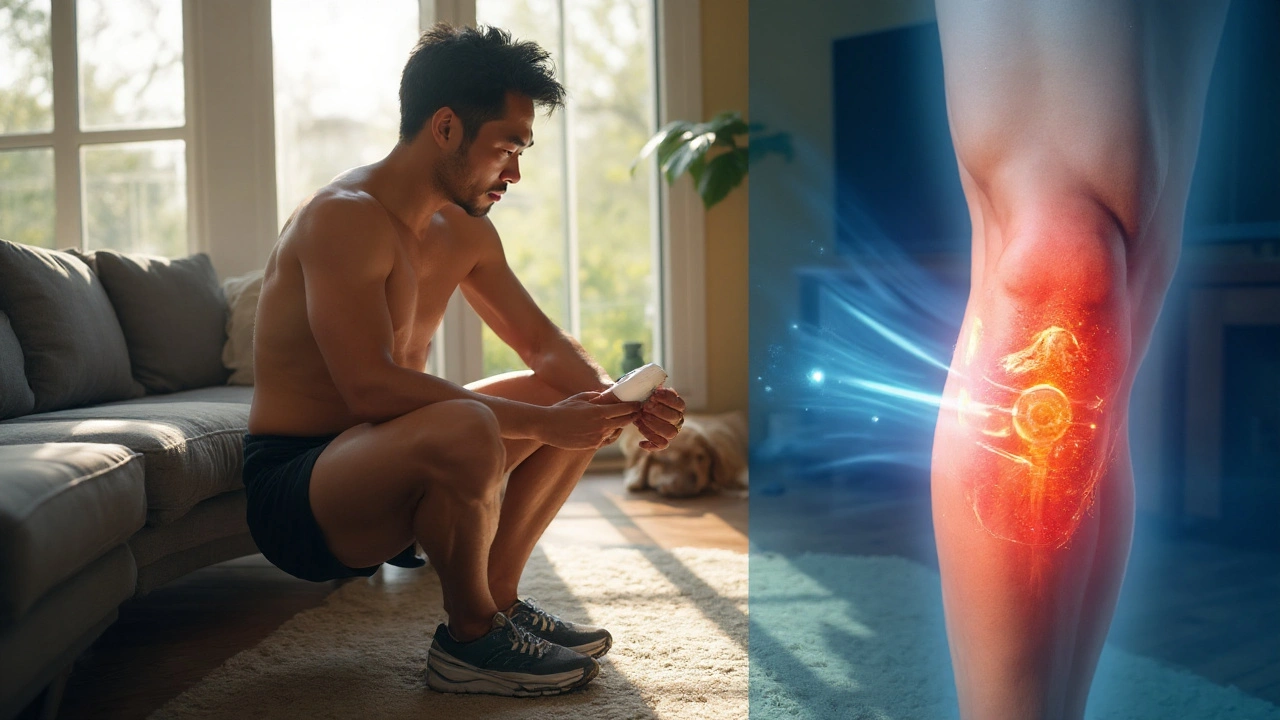Arthritis Pain Relief: Simple Ways to Feel Better Today
If you’re dealing with aching joints, you know how stubborn arthritis can be. The good news is there are plenty of easy steps that actually cut pain and improve movement without a big hassle.
Quick Over‑the‑Counter Fixes
First off, try an NSAID like ibuprofen or naproxen if you don’t have any stomach issues. These drugs block the chemicals that cause swelling, so you notice relief in under an hour. For those who can’t take pills, a topical gel with diclofenac works right on the joint and avoids gut problems.
Don’t forget about heat and cold. A warm shower or heating pad relaxes tight muscles, while a 15‑minute ice pack shrinks swelling after you’ve been active. Switching between them based on what feels best keeps pain from getting stuck in one spot.
Home Remedies That Really Help
Eating foods rich in omega‑3 fatty acids—like salmon, walnuts, or flaxseed—lowers inflammation naturally. Adding a spoonful of turmeric to your meals or tea also brings anti‑inflammatory power without any prescription.
Gentle movement matters more than you think. A 10‑minute daily walk keeps joints lubricated and prevents stiffness. If walking is tough, try seated leg lifts or water aerobics; the buoyancy takes pressure off weight‑bearing joints while still building strength.
Weight control is another hidden hero. Losing even five pounds eases stress on knees and hips, making every step feel lighter. Pair a balanced diet with short, regular activity bursts for steady progress.
When pain spikes, a quick massage with a few drops of menthol or peppermint oil can distract nerve endings and improve circulation. Just rub it in gently—no need for deep tissue pressure that could irritate inflamed areas.
If you’ve tried the basics and still feel stuck, talk to your doctor about prescription options like low‑dose steroids or disease‑modifying drugs. They’re designed to slow joint damage over time, not just mask symptoms.
Remember, managing arthritis is a mix of smart meds, lifestyle tweaks, and listening to what your body tells you. Try one change at a time, track how it feels, and adjust as needed. Soon enough, you’ll notice everyday tasks becoming easier and the constant ache fading into the background.
Choline Salicylate + Lignocaine for Arthritis Pain: Uses, Safety, Evidence
Does choline salicylate + lignocaine help arthritis pain? See how it works, when to use it, safety tips, and how it compares to topical NSAIDs and other options.
About
Medications
Latest Posts


Melasma in Men: Causes, Treatments & Prevention Guide
By Orion Kingsworth Sep 25, 2025

Buy Isotroin Online: Your Trusted Guide to Ordering Isotroin Safely
By Orion Kingsworth Nov 25, 2023

Cialis Daily (Tadalafil) vs. Other ED Treatments: Full Comparison
By Orion Kingsworth Sep 27, 2025

